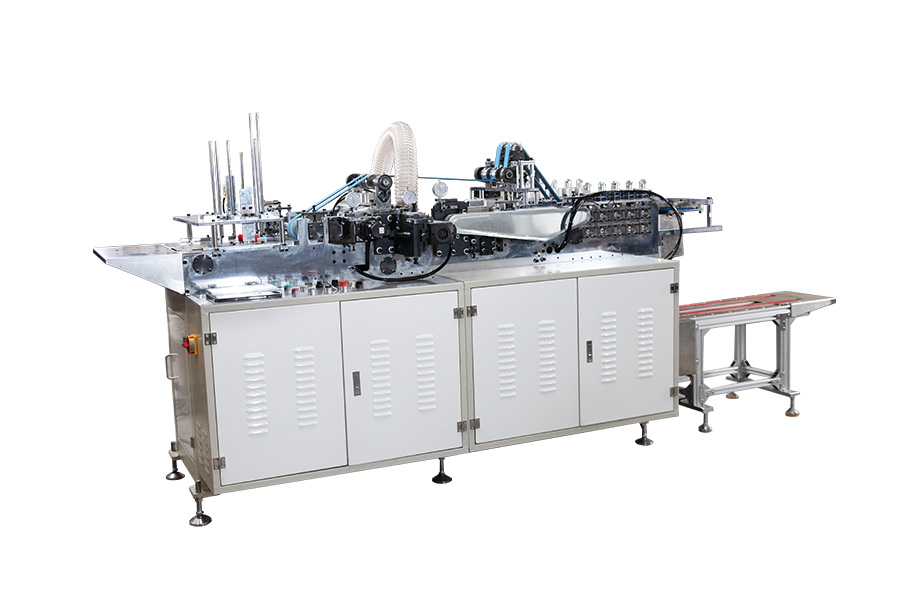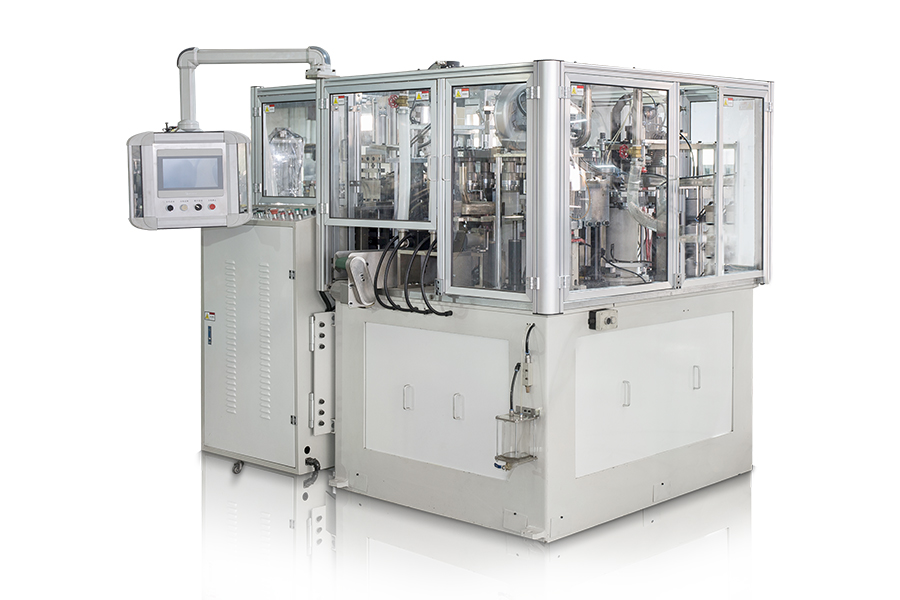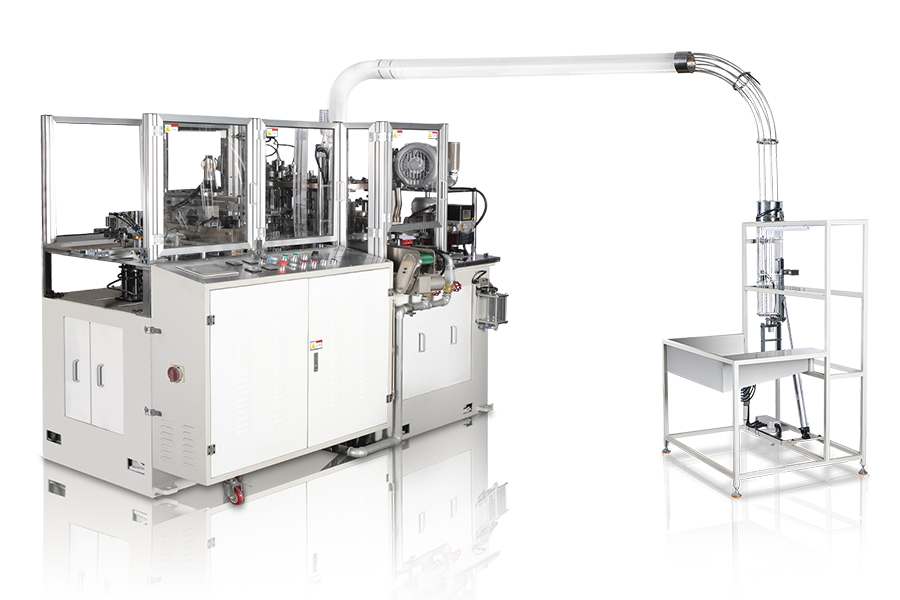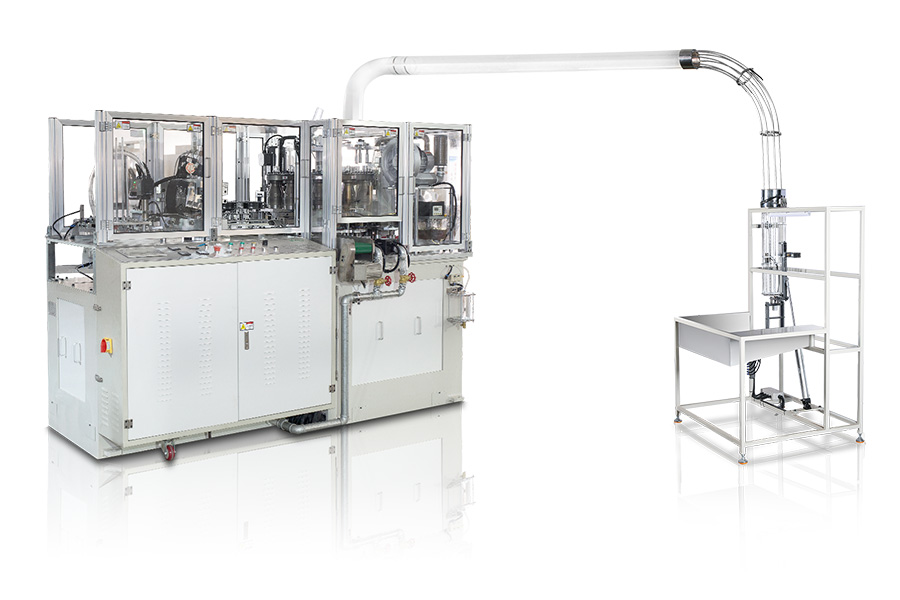Beyond Fundamental Function: Optimizing Cold Cup Design and Performance
The Power of Structure: Unraveling the Mystery of Double Wall Insulation
The construction of a cold drink vessel is far more nuanced than simply holding liquid; it is a critical factor in the overall enjoyment of the beverage. Specifically, the introduction of a double wall structure represents a significant leap in functional design, moving beyond basic single-layer containment. This clever architecture creates an insulating air pocket between the interior and exterior surfaces of the cup, dramatically slowing the rate of heat transfer. For the consumer, this means that the chilled temperature of a soda, iced coffee, or smoothie is maintained for a substantially longer duration, ensuring the drink remains crisp and refreshing from the first sip to the last. Equally important, this thermal buffer protects the user’s hand from the biting cold of the inner contents, eliminating the need for separate sleeves or napkins. The dual benefit of superior temperature retention and enhanced tactile comfort transforms a simple act of drinking into a sustained and pleasurable experience, making double wall insulated cups a preferred choice where quality and longevity of cooling are paramount.
Eliminating Drip: Practical Strategies for Managing Condensation
A common frustration associated with cold beverages is the inevitable formation of condensation, leading to slick exteriors and water rings on tables. This phenomenon is a direct result of physics: warm, humid air in the environment coming into contact with the cup's icy cold surface, causing the water vapor to immediately cool and change state into liquid droplets. While an unavoidable natural occurrence, the right cup design can effectively mitigate its negative effects. Materials with inherently low thermal conductivity, such as certain types of recycled paper or specific polymers, naturally reduce the extreme temperature difference between the inner wall and the ambient air, thus minimizing the condensation effect. Furthermore, double wall cups, as discussed, manage this beautifully by ensuring the outer surface never reaches the dew point temperature. Choosing a container with a matte or textured exterior finish can also help to manage the feel of any minor moisture that does form, improving the grip and overall user experience by keeping hands dry and surfaces clean.
Embracing the Green Future: The Sustainable Path for Cold Cups
The Eco-Conscious Choice: Considerations for Sustainable Cold Drink Cups at Events
In today’s climate, the responsibility of event organizers extends well beyond logistics to include a profound commitment to environmental stewardship. The choice of single-use drinkware for large gatherings carries a significant ecological footprint, which can be mitigated by opting for sustainable alternatives. When planning for a festival, conference, or community gathering, the priority must shift towards cups made from renewable resources, such as those derived from corn starch or other plant-based bioplastics, or those crafted from sustainably sourced paper fiber with a specialized lining. These materials are designed to break down much faster than traditional petroleum-based plastics, either through industrial composting or standard recycling channels, provided the local infrastructure is in place. Carefully selecting certified compostable or recyclable cups not only demonstrates an organization’s dedication to reducing landfill waste but also aligns the event’s values with the growing public desire for responsible consumption, serving as a silent, powerful statement of corporate responsibility.
Volume and Value: The Practicality and Impact of Bulk Compostable Paper Cold Cups
For businesses within the foodservice industry, managing overhead while upholding environmental promises is a delicate balancing act. The wholesale procurement of compostable paper cold cups presents a compelling solution that marries practicality with principle. These paper-based options, often lined with a plant-derived polylactic acid (PLA) to prevent leakage, offer the familiar performance of a single-use cup without the long-term environmental liability of conventional plastics. When purchased in high volume, the unit cost becomes highly competitive, allowing cafes, corporate canteens, and quick-service establishments to maintain their margins. Beyond the economic benefits, the collective impact of this material choice is monumental. Each paper cup that is successfully composted or recycled represents a reduction in persistent plastic pollution, contributing to a circular economy where materials are continually repurposed. This strategic inventory decision supports both efficient daily operations and a demonstrable, positive contribution to planetary health.
Durability and Innovation: A Deep Dive into Reusable Cold Cup Materials
Material Science: Exploring the Optimal Composition for Reusable Vessels
The movement toward reusable cold cups hinges entirely on the properties of the material chosen, which must excel in three key areas: long-term durability, effective temperature performance, and user safety. Various materials offer different advantages in this sphere. High-grade stainless steel is lauded for its exceptional insulation capabilities, often employing a vacuum-sealed, double-wall construction that virtually eliminates external sweating and maintains cold temperatures for up to an entire day. Certain robust, shatterproof plastics offer lightweight portability and are highly resistant to impacts, making them ideal for travel and outdoor activities. Meanwhile, borosilicate glass provides a clean, chemically inert drinking experience, though its use requires greater care due to fragility. The optimal composition, therefore, is not a singular material, but a match between the cup’s intended use and the specific benefits offered by its construction, all while ensuring that the materials are non-leaching and safe for repeated food contact.
The Consumer Perspective: The Role of Reusable Cups in Daily Life
A reusable cup is more than just a vessel; it is an agent of change in the daily ritual of hydration. Carrying one signals a personal commitment to reducing the constant stream of disposable waste generated by modern life. This shift in habit is fundamentally driven by convenience and a desire for better quality. The superior design of reusable cups—their secure lids, comfortable grips, and customizable aesthetics—often provides a more satisfying and dependable experience than their single-use counterparts. They integrate seamlessly into a busy schedule, being easily filled at home, at a water fountain, or at a beverage counter, fostering an ecosystem of conscious consumption. By embracing the reusable cold cup, individuals actively participate in a global effort to diminish waste and model a more sustainable lifestyle, transforming a routine necessity into a meaningful, eco-friendly action.
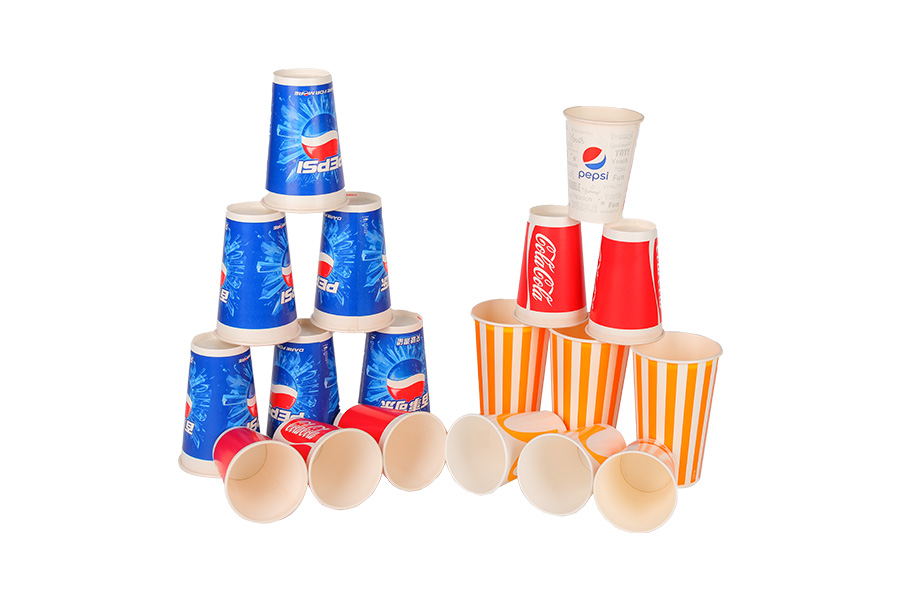






 English
English عربى
عربى 中文简体
中文简体

